Incredible story of how Jim Hall and Chaparral changed racing forever
An official biography on Chaparral’s Jim Hall gives the full picture of why global acclaim was warranted, says Gordon Cruickshank
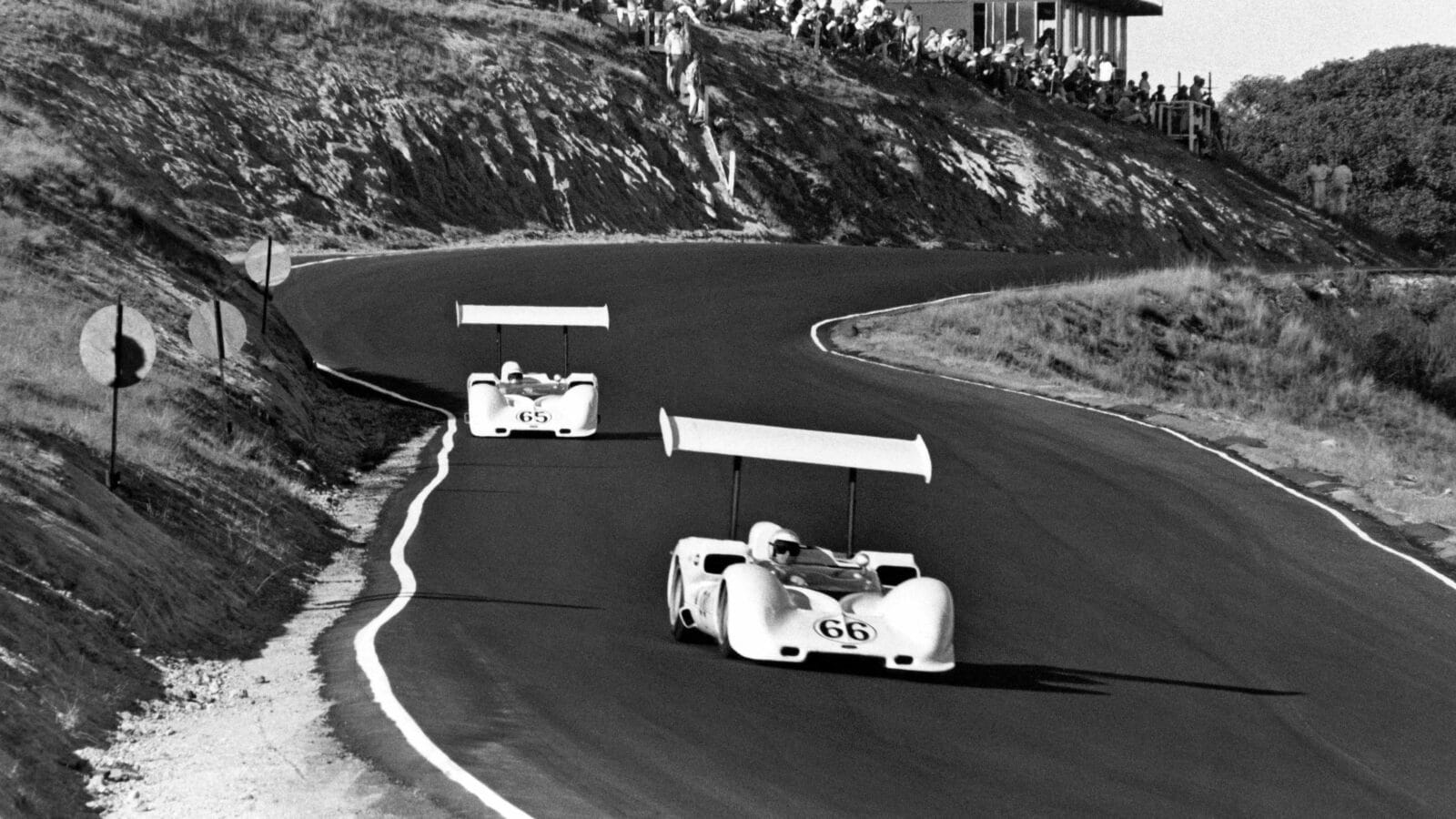
With its wing, Jim Hall’s Chaparral 2E – introduced to the racing world in 1966 – changed motor racing.
Pete Biro/Revs Institute
When Jim Hall came to Goodwood he was surprised how much people knew about him and his racing cars. In one way his surprise is understandable: numerically, Chaparral victories don’t approach Porsche, Ferrari or Lotus. But look at what their progenitor brought to racing, driven by his view that “there’s always a better way”: adjustable net downforce, composite chassis, side radiators, onboard telemetry. Yes, others were arriving at these solutions, but Hall, and his fellow kingpin Hap Sharp, worked them out and worked them in with a unique vision of progress.
But as Hall admits in this first official biography, maybe he should have worried more about winning than inventing…
We’re lucky that Hall is still around to download his life to George Levy for this gives us the background of Hall’s drive to compete – idyllic outdoor childhood, riding, skiing and shooting, plus an inspiring physics teacher who led him towards an engineering degree. We get an image of a plain-speaking man whom people trusted, not given to fancy soundbites – learning that the 2D’s Nürburgring win was the first for an American car in a European road race in 40 years, he comments only, “I thought, Wow!” And there’s a telling line about the death of his parents in an aircraft crash: “I’m good at blocking out bad episodes. My memory is not good about them.”
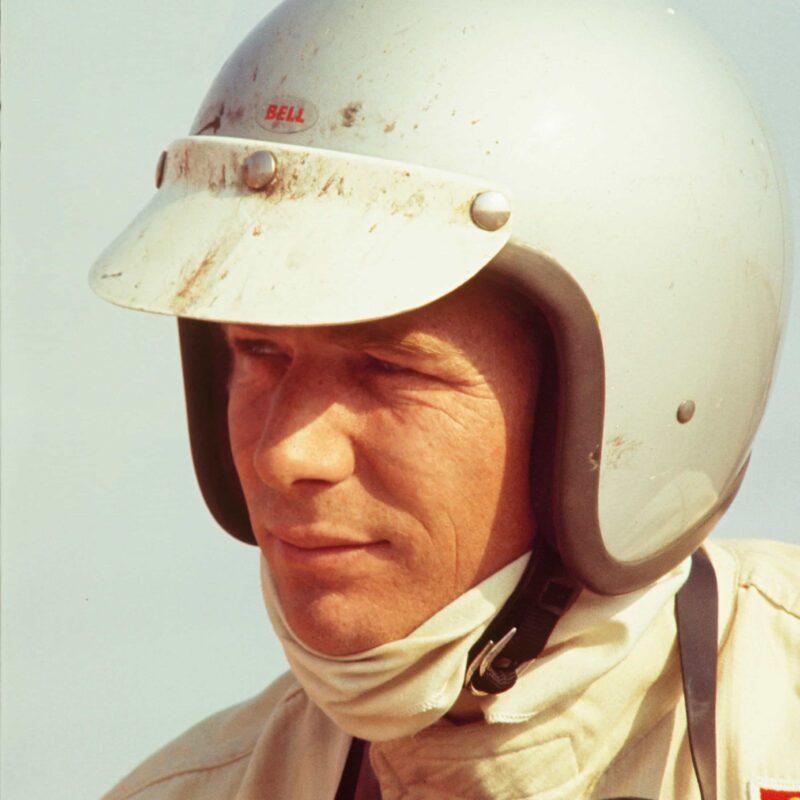
Hall at Riverside in 1968 – thinking
Getty Images
Those engineering skills nearly took him straight to General Motors, presaging the connection that would give him access to advanced tech for his cars, but first there was racing; Hall had an engineering intellect laced with top racer talent.
A job with Carroll Shelby (plus the family oil fortune) soon saw him prove himself in Ferraris and Maseratis and then grands prix with BRP but it was the drive to build his own American (and to him more importantly Texan – Levy takes time to explain something of that strange state pride) machinery that would create the Chaparral legend.
When his Birdcage Maserati couldn’t catch Stirling Moss in a Lotus 19, he explains, “I realised I didn’t want to buy last year’s Lotus. I wanted something better.”

The million-selling Cox slot car
Levy’s lively text mixes the Texan’s thoughtful words with great detail on the people, events and technologies Hall and Sharp explored on their way to new ground, such as hijacking an expert from plane makers Convair to build the composite chassis of Chaparral 2. That engineer is just one of 100 and more voices the book brings in, from family and childhood friends to racing greats – Penske, Stewart, Gurney, P Hill, Gordon Murray, Adrian Newey, Tony Southgate, all of whom watched the quiet man expanding their field with the aero experiments of Chaparrals A-D, the radical layout of 2E and the hub-strut wings that propelled downforce to warp factor nine.
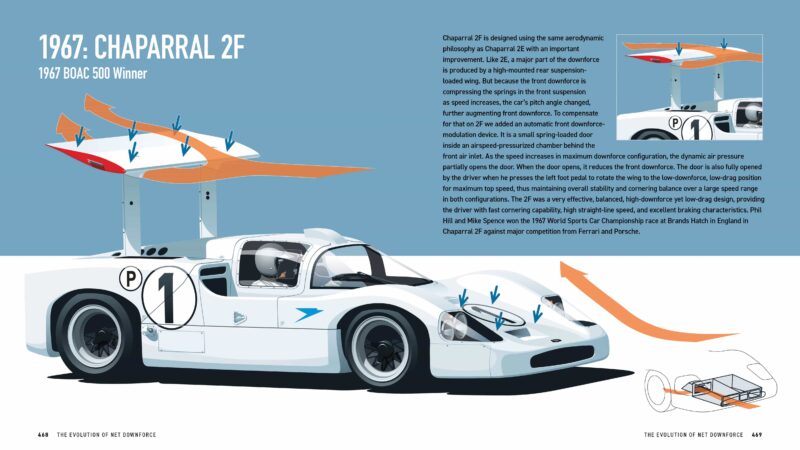
The science behind Hall’s cars is explained in the book.
He had his DNFs too: the 2J sucker car (quick but banned) and the ‘hide the driver’ 2H, which reinforce Hap Sharp’s line “you win titles with last year’s car”. In other words, innovate in season one, refine and win in season two. Hall had a run of brilliant season ones. Yet his creativity remains: musing on 2H he outlines what could have made the ultralow-drag device work. Luckily Levy has an easy style in explaining the physics, showing that 2J was even cleverer than we thought. But don’t worry, there’s as much Hall as lecture hall here – the importance of the family, his battles with bureaucracy, his part in creating Can-Am, his business abilities, as when he puts together an IndyCar team and hires John Barnard to plot 2K, the first ground-effect Indycar which finally wins at the Brickyard.
Captivated by the Can-Am and endurance racers, I’ve skated past Hall’s USRRC titles, F5000 success and multiple other arenas where his bright mind roamed. Then there’s the photos – great on track, unseen before in workshop and race pits – and superb illustrations of how the aero worked, annotated by Hall.
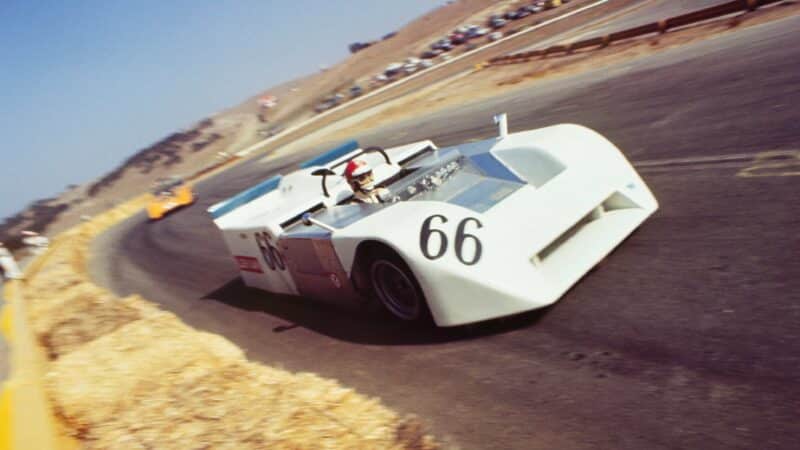
Hall’s 2J was possibly the most ‘out-there’ Chaparral, gaining the nickname ‘Vacuum Cleaner’ for its air-sucking qualities
As you’ll know from last month’s extract in Motor Sport from this book [The car that changed everything], Hall’s first-principles re-thinks produced results, but the book details how the Chevrolet connection went both ways: with his own secluded Rattlesnake racetrack on hand and his developmental rigour, Hall proved a vital development cog for the huge company, even helping defend Chevy against the Nader lawsuits with tests of the beleaguered Corvair.
For a quiet character, it’s quirky that Hall became a national figure for his race results and for making a US rival to Europe, but especially for the smallest Chaparral of all, the 1:24 Cox slot-racer that sold a million and brought the team the nearest thing to sponsorship it had. He tolerated rather than sought publicity, and there was no team PR wing. “My personal sentiment was you don’t tell people what you’re gonna do. You go out, do it, and they write about you.”
They’ve been writing about him ever since; and now he’s written back.
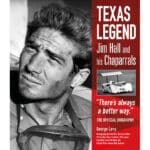
Texas Legend: Jim Hall and his Chaparrals
George Levy
Evro Publishing, £60
ISBN 9781910505663
Morgan: An English Enigma
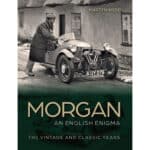
Martyn Webb
As I turn the pages I can feel WB reading this over my shoulder. A true Morgan fan, he ran them as everyday cars and wrote deeply about them. He’d revel in this, packed with facts, photos, ads and racing exploits; ably written by Morgan’s archivist it’s super-detailed with material on war work, special bodies and personal Morgan snaps to remind us that this odd outfit was a truly family affair. A fine history. But I hear tutting: it’s WB noting that while he’s much quoted within, MS is absent from the bibliography… GC
The Crowood Press, £45
ISBN 9780719842498
McLaren Formula 1 Car by Car
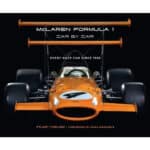
Stuart Codling
Quite an achievement, considering how many cars McLaren has built since 1966 but all have their moment here with deep detail on construction, design and achievements. Knowledgeable text carries you from Bruce days through the Ron Dennis era, MP4 carbon-fibre revolution, a brief mention of ‘Spygate’ and on through triumphs and hiccups almost to today’s sunny uplands. Smart layout lets photos breathe; results listed to 2022. Cheery foreword by Mika Häkkinen. Good value too. GC
Quarto Publishing Group USA Inc, £45
ISBN 9780760385128
Knockhill: 50 years of racing
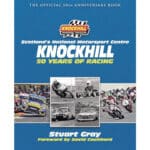
Stuart Gray
This is the official 50th anniversary hardback of Scotland’s top racing venue and Stuart Gray has gone to town covering its history in some detail. He’s attacked the years in sweeps: the eras of three owners; decade by decade; through photographers’ lenses; and there’s an addictive trivia area. Bikes, karts, rallycross, sidecars, single-seaters – they’re all here. For a while visiting BTCC teams placed ‘Mc’ before names on their cars. McMenu… brilliant! LG
Black & White Publishing, £35
ISBN 9781785305467
For the latest motoring books go to HortonsBooks.co.uk

